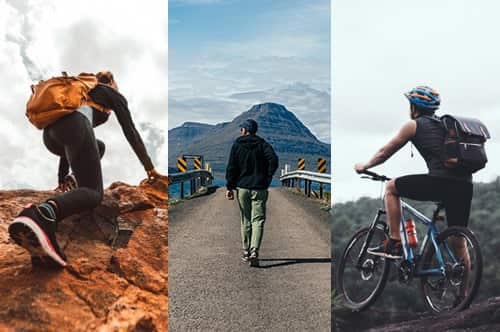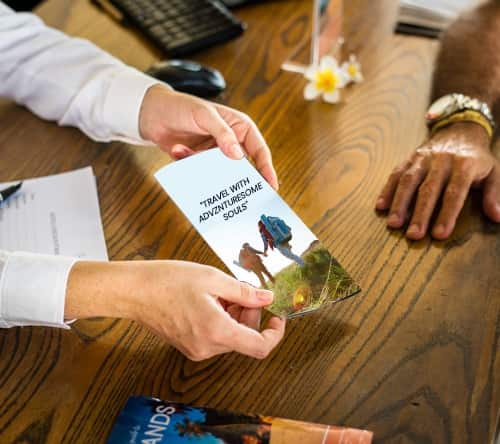The sacred trek not only fascinates nature and trekking lovers but also pilgrims to collect blessings at one of Hinduism’s most sacred sites. If you are seeking an experience of a lifetime that synchronizes body, mind, and spirit, this trek needs to be on your travel plans.
What is the Kinner Kailash Trek?
The Kinner Kailash Trek is a pilgrimage to the Kinner Kailash Shivling, a 79-foot tall vertical standing pillar of stone resembling a Shiva Lingam. Extremely devout, it is considered most sacred by the pilgrims who undertake the challenging trek as a devotion and penance.

Why is the Kinner Kailash Trek Special?
There are many treks in the Himalayas, but Kinner Kailash Trek is unique due to some reasons:
Spiritual Importance: It is one of the Panch Kailash, and the others are Kailash Mansarovar of Tibet, Adi Kailash, Shrikhand Mahadev, and Manimahesh Kailash. Treking here is a religious obligation.
Natural Beauty: The trek provides stunning views of snow-capped mountains, flowers, grassy meadows, and blue skies. It’s a blemish and is etched in your memory throughout your life.
Cultural Encounter: Kinnauri people are polite and welcoming. You can witness their way of life, culture, and local cuisine yourself on your trek.
Tough Adventure: Around 5,000 meters high, the trek is not for the faint of heart. But that’s just what the self-testers and those seeking the thrill of outsmarting nature’s challenges will require.
Optimum Time for Kinner Kailash Trek
The best time to do the Kinner Kailash Trek is June to September. The climate is stable during this time, and the snow has melted enough for the trek to be feasible. The yatra conducted annually by the Himachal Pradesh state government also takes place in July or August.
Do not trek during winter (November to March) because heavy snowfall makes the place impassable and risky.
Route and Duration
The most sought-after route out of the Kinner Kailash Trek routes is from Shivling to Ganesh Park through Tangling village. It lasts approximately 5 to 6 days, depending on your pace and weather. Here’s a rough itinerary:
Day 1: Reach Reckong Peo, acclimatize for some time, and get ready for the subsequent trek.
Day 2: Drive to Tangling village, and then proceed with the trek to the Ganesh Park camp.
Day 3: Trek from Ganesh Park to Parvati Kund.
Day 4: Scale Kinner Kailash Shivling at early morning and return to Ganesh Park.
Day 5: Return trek to Tangling, thereafter travel beyond to Reckong Peo.
Things to Carry
- Trekking shoes
- Warm clothes (gloves, thermals, woolen cap)
- Raincoat or poncho
- Water bottle and energy bars
- First-aid kit and general medicines
- Torch with spare batteries
- Trekking pole (recommended but optional)
- Sleeping bag (if not being arranged by the organizers)
Physical Fitness and Preparation
While the Kinner Kailash Trek does not require better technical skills, it is an extremely demanding and testing trek. It involves steep ascents, long treks, and low oxygen pressure at high altitude, which can be challenging. One must start simple cardio exercises such as running, cycling, and climbing stairs at least one month prior to the trek.
Also, do not leave Reckong Peo within a day or two to acclimatize before the trek.
Safety Norms for a Safe Trek
Hire a local guide: This provides secure routing with a chance to know more about history and culture.
Stay hydrated: Drink lots of water but avoid alcohol and smoking during the trek.
Don’t rush: rest and maintain a consistent pace.
Be environmentally respectful—take nothing home but leave nothing behind and leave it clean. Take all your trash back to headquarters.
Be spiritually respectful: It is sacred land to many, so dress up and behave sensibly.
Conclusion
Kinner Kailash Trek is not a place. You’re a seeker of the spiritual or an adventure-seeker—the trek is yours.
You’ll leave this trek with more than a photo album—you’ll carry memories, vigour, tales, and a feeling of belonging to something far greater than yourself.





Comment (0)